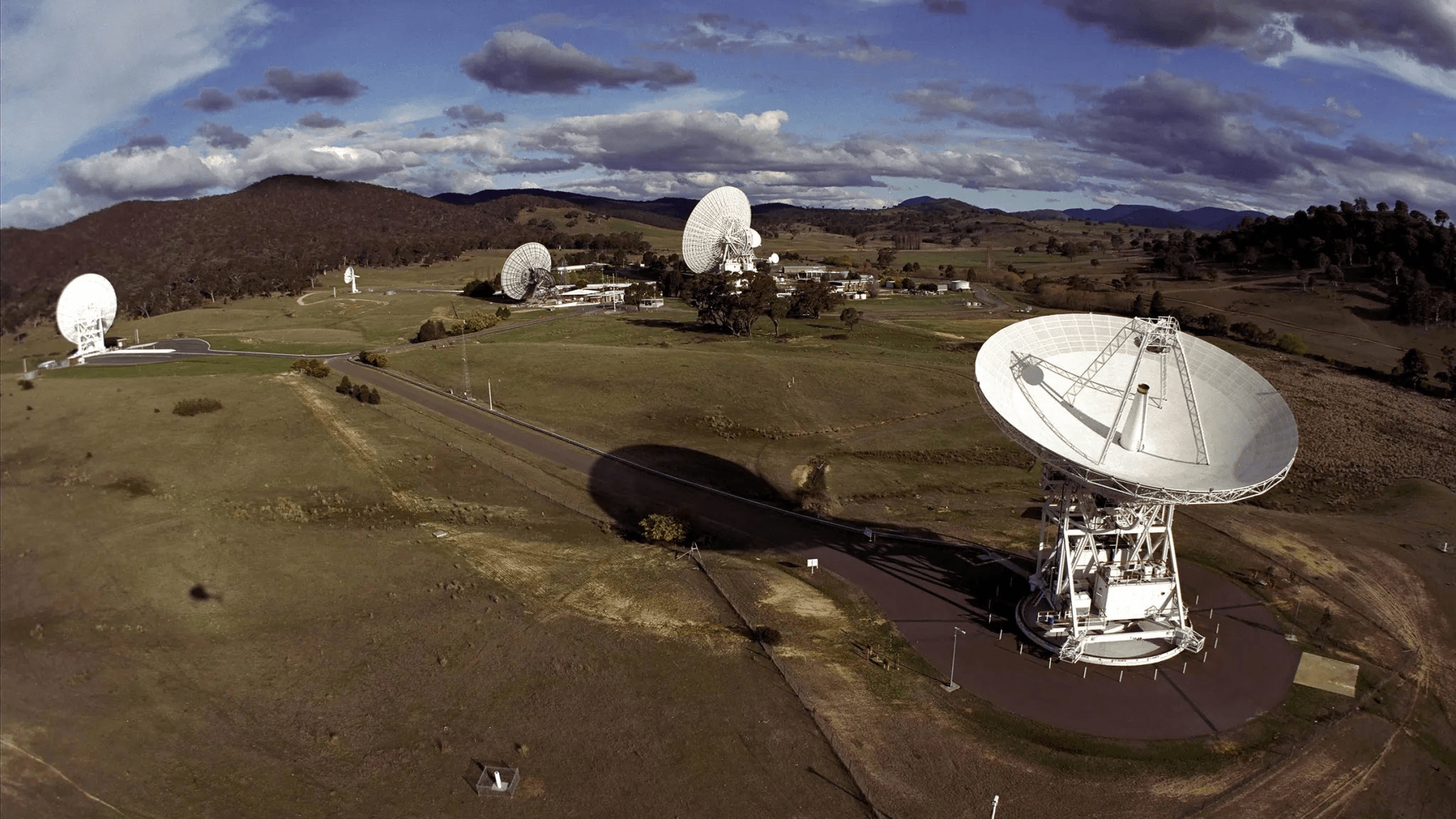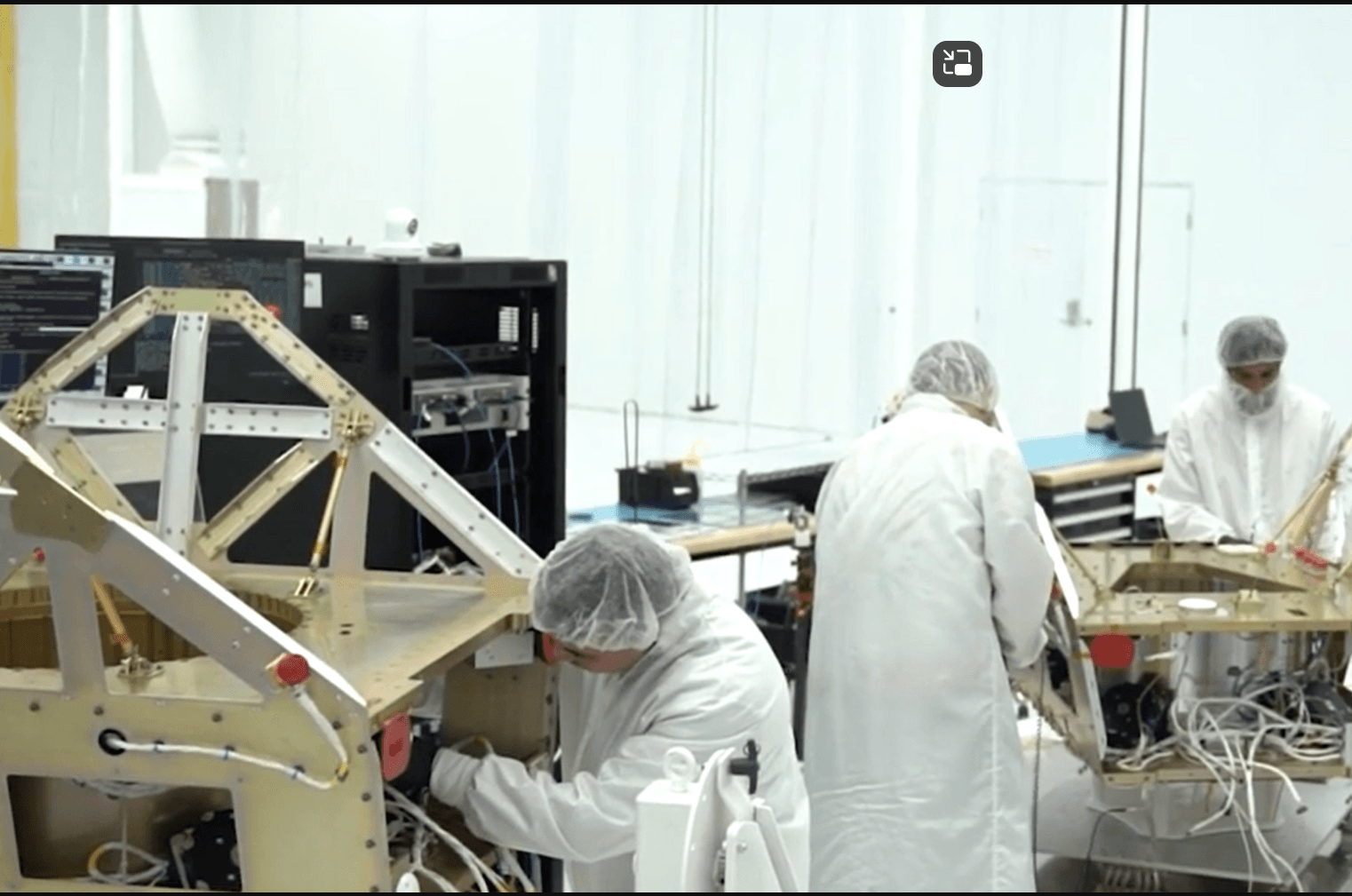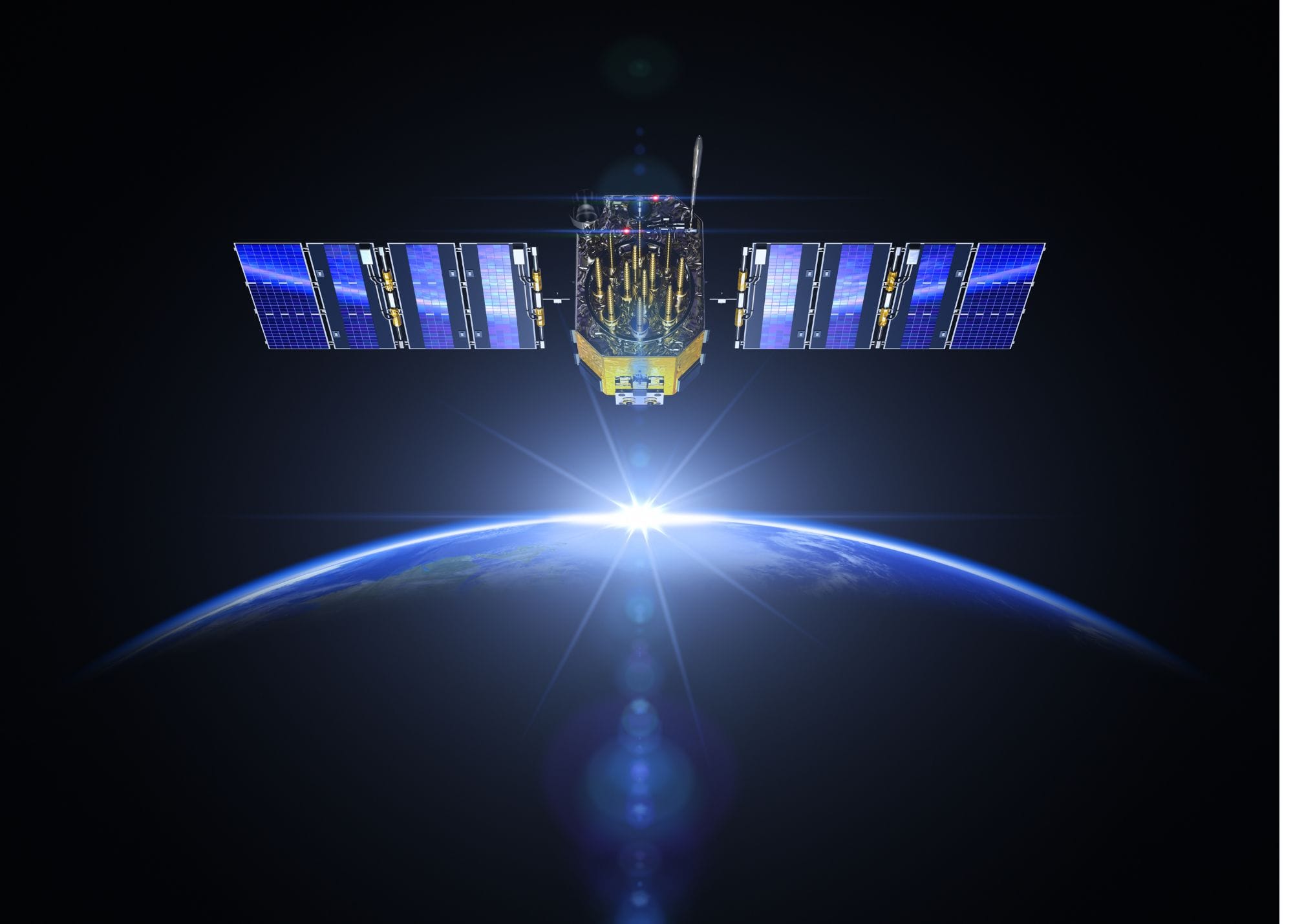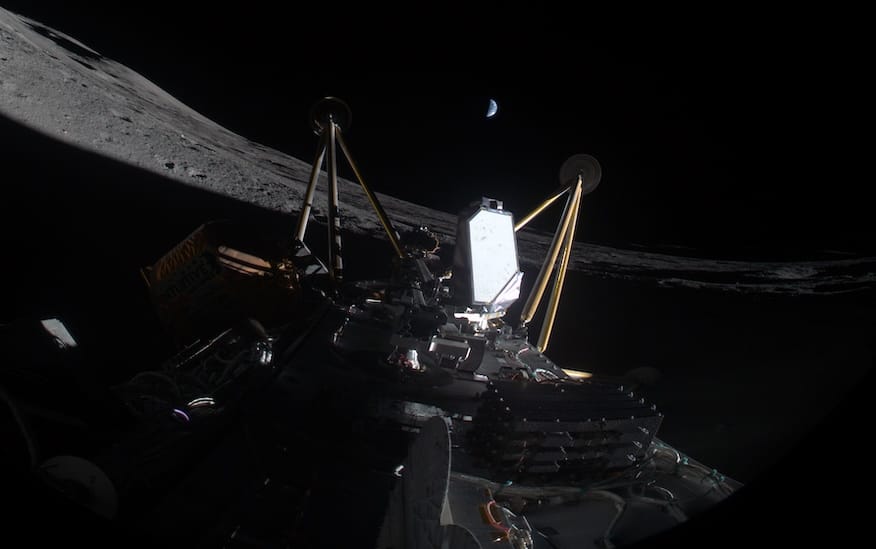On February 25, 2025, Blue Origin successfully launched its 10th human spaceflight, designated NS-30, from Launch Site One in West Texas. This mission, marking the 30th flight of the New Shepard program, carried six passengers beyond the Kármán line—the internationally recognized boundary of space at 100 kilometers above Earth. The diverse crew, self-dubbed the “Perfect 10,” exemplifies Blue Origin’s dedication to making space travel accessible to a broader audience.
Table of Contents
ToggleMission Overview
- Launch Date & Time: February 25, 2025, at 10:50 a.m. EST (15:50 UTC).
- Launch Location: Blue Origin’s Launch Site One, West Texas.
- Vehicle: Reusable New Shepard rocket and crew capsule.
- Flight Duration: Approximately 10 minutes, offering passengers around three minutes of weightlessness.
- Landing Details: The booster executed a controlled vertical landing approximately seven minutes post-launch, while the crew capsule descended under parachutes, touching down safely three minutes later.
Crew & Passengers
The NS-30 mission featured a diverse group of individuals from various professional backgrounds:
- Lane Bess: Principal and Founder of Bess Ventures and Advisory, marking his second journey aboard New Shepard, becoming the fourth individual to fly twice with Blue Origin.
- Jesús Calleja: Spanish television host, mountaineer, and adventurer. Calleja’s participation is particularly noteworthy as he becomes the first non-astronaut Spaniard to journey into space.
- Elaine Chia Hyde: Entrepreneur, physicist, and pilot. Founder of Chicago Star, a news and media company, and Eastside Enterprises, focusing on AI-assisted media products.
- Dr. Richard Scott: Reproductive endocrinologist, embryologist, and adjunct professor at Yale University and the University of South Carolina (Greenville) Medical Schools.
- Tushar Shah: Partner and co-head of research at a quantitative hedge fund in New York City. Shah holds a Ph.D. in high-energy experimental particle physics from MIT.
- R. Wilson: The sixth passenger, who has chosen to remain anonymous, is identified only by the surname Wilson.
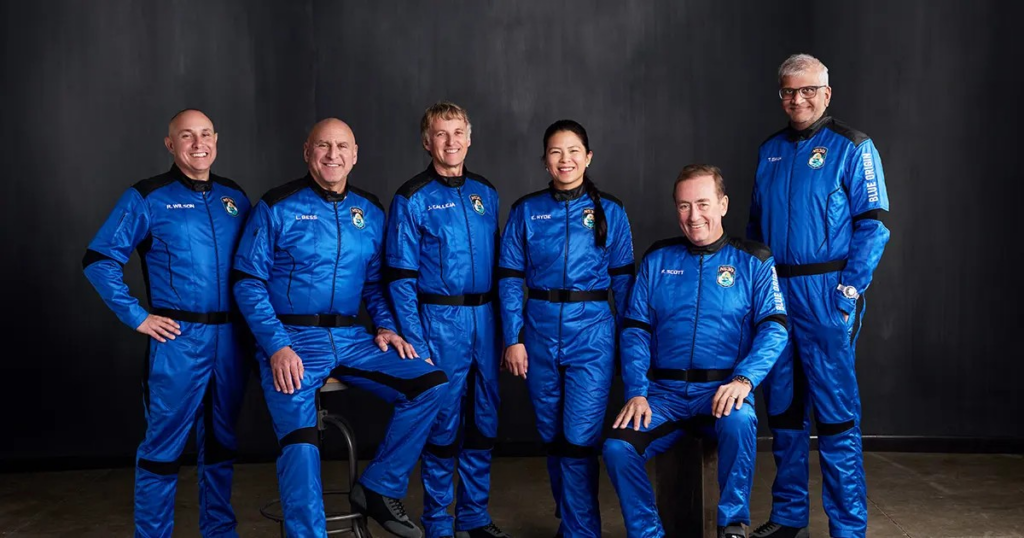
The Significance of the Mission
The successful completion of NS-30 underscores several key developments in the commercial spaceflight industry:
- Advancement of Space Tourism: This mission brings the total number of individuals flown by New Shepard to 52, including repeat astronauts, highlighting the growing viability and demand for commercial space tourism.
- Diverse Participation: The varied backgrounds of the crew members reflect an increasing democratization of space access, moving beyond professional astronauts to include entrepreneurs, scientists, and media personalities.
- Technological Reliability: The mission’s success reinforces the reliability and reusability of the New Shepard system, contributing to cost reductions and increased safety in suborbital space travel.
Passenger Experience & Reactions
Upon reaching the edge of space, the crew experienced approximately three minutes of weightlessness, during which they unstrapped from their seats to float and observe the curvature of Earth against the blackness of space. The capsule’s large windows provided expansive views, offering a profound perspective on the planet’s fragility and beauty.
Phil Joyce, Senior Vice President of New Shepard, remarked on the mission’s impact: “There’s nothing like seeing the diversity among our crews, and this mission brought together people from all over the world—scientists, doctors, entrepreneurs, and adventurers.”
Technical Insights & Innovations
The New Shepard system, central to Blue Origin’s suborbital missions, exemplifies advancements in reusable rocket technology. Key technical features include:
- Reusable Booster: Designed for vertical takeoff and landing, the booster has completed multiple flights, enhancing cost-effectiveness and operational efficiency.
- Crew Capsule Design: Equipped with large windows, the capsule offers passengers panoramic views of Earth and space. Safety is paramount, with redundant systems and a proven crew escape mechanism.
- Flight Profile: The NS-30 mission achieved a peak altitude of approximately 107 kilometers, surpassing the Kármán line. The entire flight lasted about 10 minutes and 8 seconds, with passengers experiencing several minutes of weightlessness.
These technical achievements underscore Blue Origin’s commitment to reliable and safe space tourism experiences.
Future of Blue Origin’s Space Tourism Program
Building on the success of NS-30, Blue Origin is poised to expand its space tourism initiatives. Future plans include:
- Increased Flight Frequency: Aiming to accommodate the growing demand for suborbital experiences, the company plans to conduct more frequent missions.
- Orbital Reef Development: In collaboration with Sierra Space and other partners, Blue Origin is developing Orbital Reef, a commercial space station envisioned as a “mixed-use business park” in low Earth orbit. This facility aims to support research, industrial, and tourism activities, with operations projected to commence by 2027.
- New Glenn Rocket: The upcoming New Glenn rocket, designed for orbital missions, will play a pivotal role in transporting passengers and cargo to destinations like Orbital Reef, further enhancing space tourism and commercial opportunities.
These initiatives align with Blue Origin’s vision of making space accessible to a broader audience, fostering a future where space travel becomes a routine aspect of human experience.
Conclusion
The successful NS-30 mission signifies a pivotal advancement in commercial space travel, demonstrating the viability and appeal of suborbital tourism. As Blue Origin continues to innovate and expand its offerings, the dream of accessible space travel is rapidly transitioning into reality, heralding a new era where the cosmos is within reach for many.







